Tour de France 2022: Five key stages
The five days in July that could decide the destination of the yellow jersey
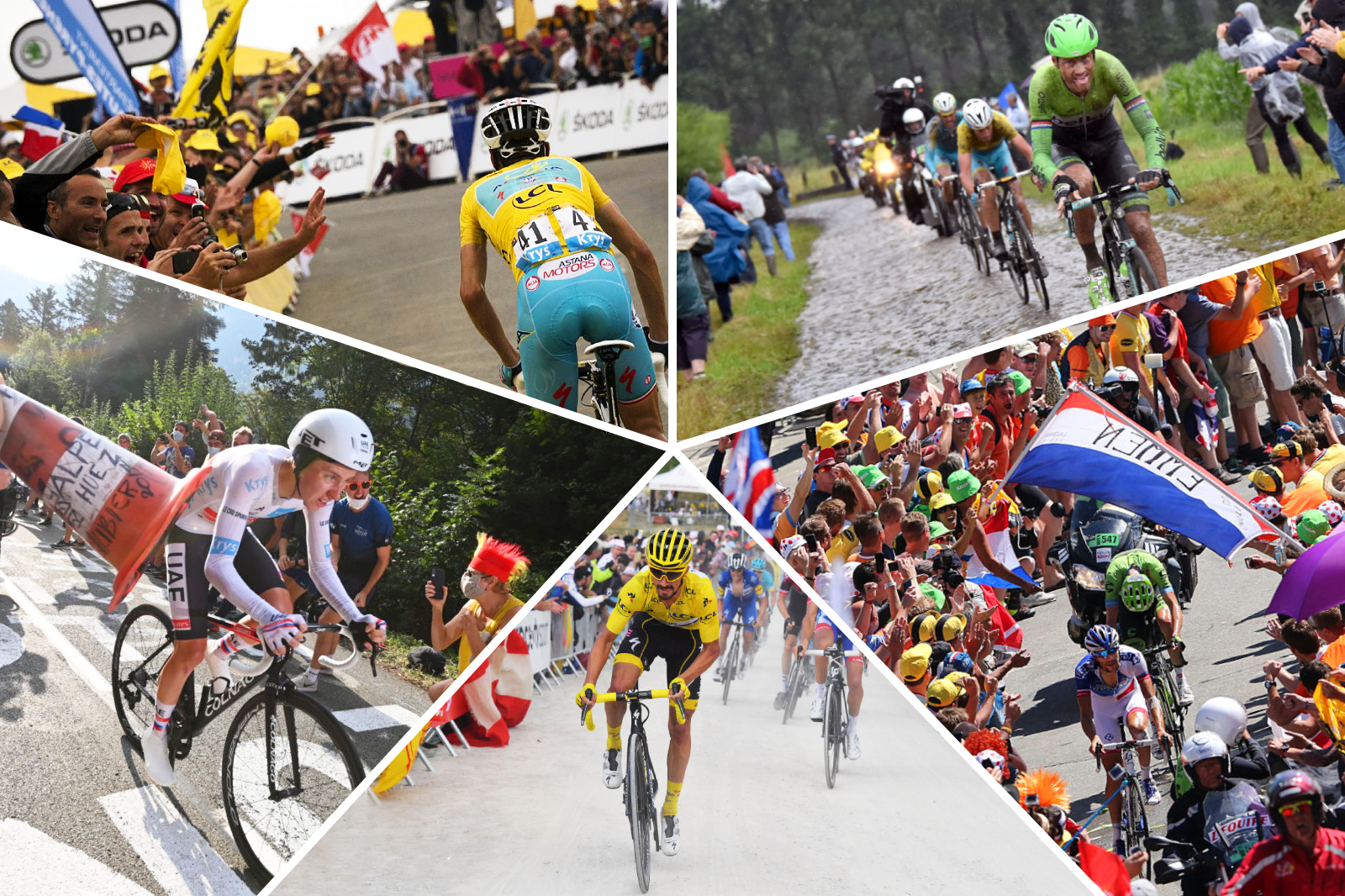
The 2021 cycling season is only just drawing to a close but already thoughts are turning towards next year and towards next summer, with the 2022 Tour de France route unveiled on Thursday morning.
Kicking off with a far-flung Grand Départ in Denmark before focussing largely on the east and south of France, the race looks to have something for everyone. The 21 days of racing will include wind, cobbles, sprints, hills, five summit finishes, a touch of gravel and plenty of time trial kilometres.
As we've seen in past editions of the Tour stages throughout the race can be vital in deciding who wears yellow in Paris and next year it will be no different with the battle set to rage from the opening time trial in Copenhagen all the way to the time trial on the penultimate stage time in Rocamadour.
Here, we take look at five key stages of the 2022 Tour de France which are likely to have an outsized influence on the final outcome of the race.
Stage 5: Lille Métropole – Arenberg Porte du Hainaut, 155km
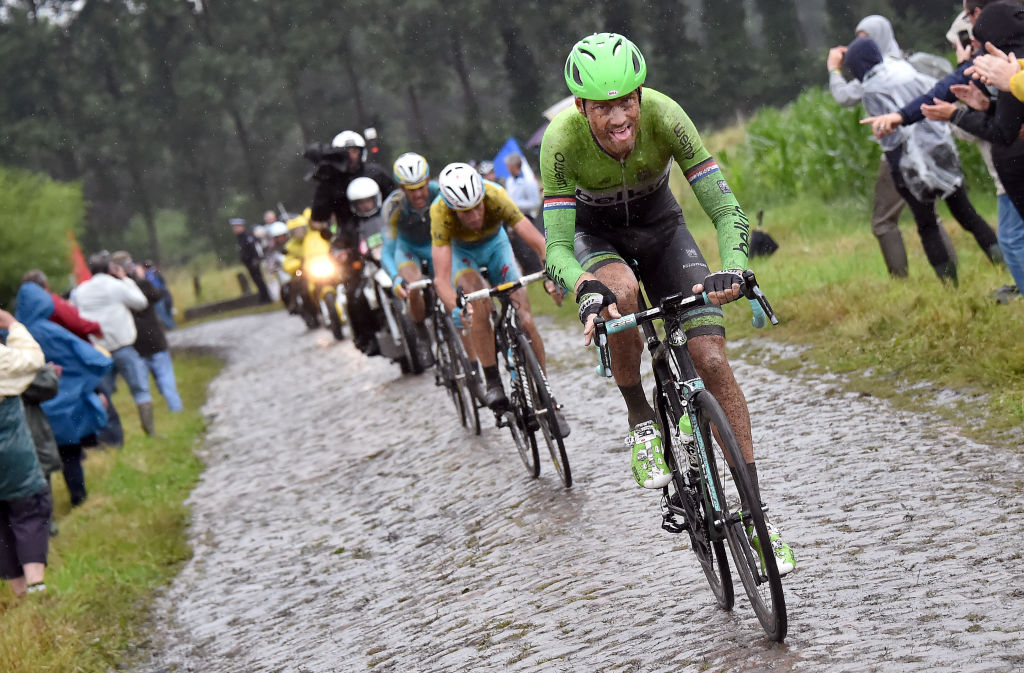
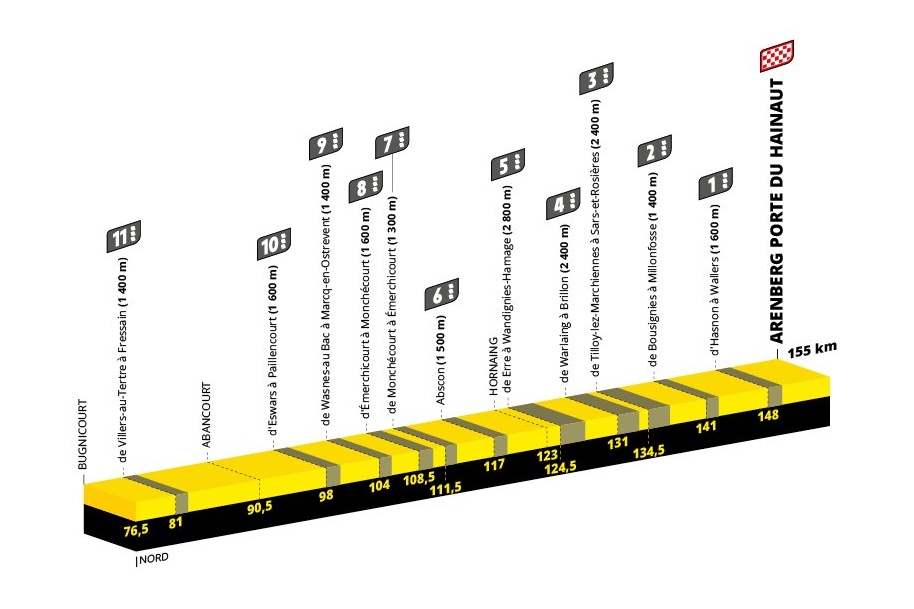
Following on from the opening time trial and several flat stages which could see the wind throw a spanner in the works, the undoubted first flashpoint of the Tour looks set to be the cobbled stage to Arenberg Porte du Hainaut, which previously hosted stages in 2010 and 2014.
The stage starts in northern France's biggest city, Lille. From there, the riders will ride south-east for 80 kilometres before hitting the first of 11 cobbled sectors on the way to the famous mining town.
There is no Trouée d'Arenberg on the route, however, as was the case in 2010 and 2014. In fact, Paris-Roubaix fans will have trouble recognising many of the cobbled sections, with only five having been used by the race – or the Tour – before. Just sector four, the three-star Warlaing à Brillon, featured in the 2021 Paris-Roubaix.
Get The Leadout Newsletter
The latest race content, interviews, features, reviews and expert buying guides, direct to your inbox!
Several 'new' sectors feature early on as the route slithers south to Cambrai before heading back north to more familiar Paris-Roubaix roads in and around towns such as Hornaing and Wallers. Whatever the weather, the cobbles will pose a tough challenge to the peloton in July, and a rarely experienced one for many of the general classification contenders tackling them.
2010's trip to Arenberg saw Lance Armstrong and Ivan Basso shed minutes as Fränk Schleck crashed out, while in 2014's wet stage defending champion Chris Froome crashed out before the cobbles as Alberto Contador and Alejandro Valverde lost minutes to eventual winner Vincenzo Nibali. During 2018's visit to Roubaix, meanwhile, Richie Porte crashed out while Rigoberto Urán dropped a chunk of time.
More carnage on the cobbles next July looks a reasonable bet on that evidence.
Stage 7: Tomblaine – La Super Planche des Belles Filles, 176km
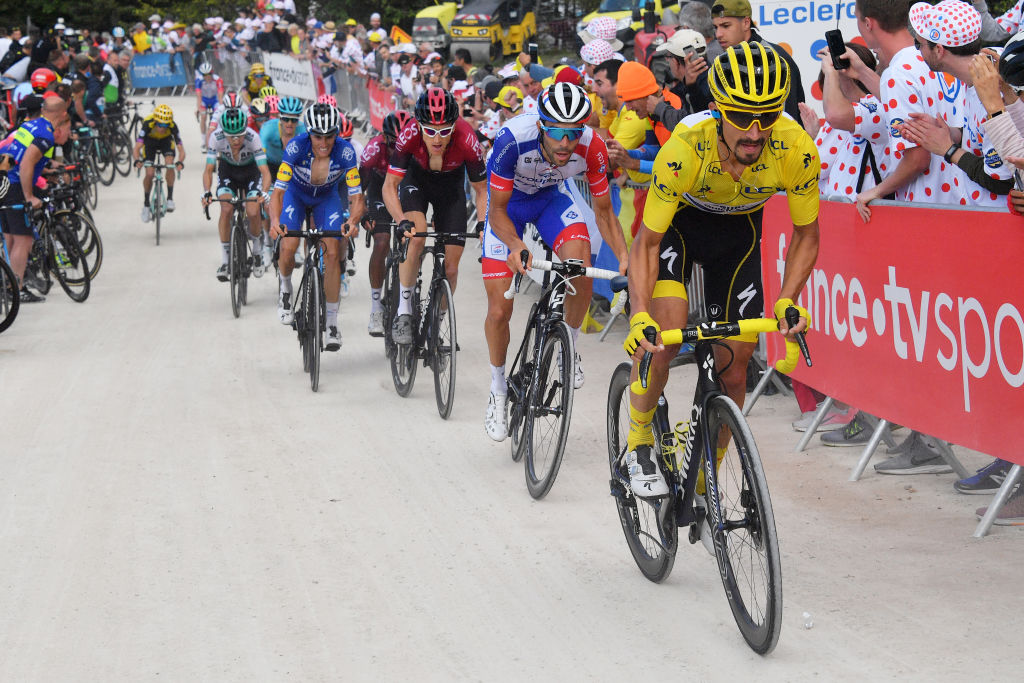
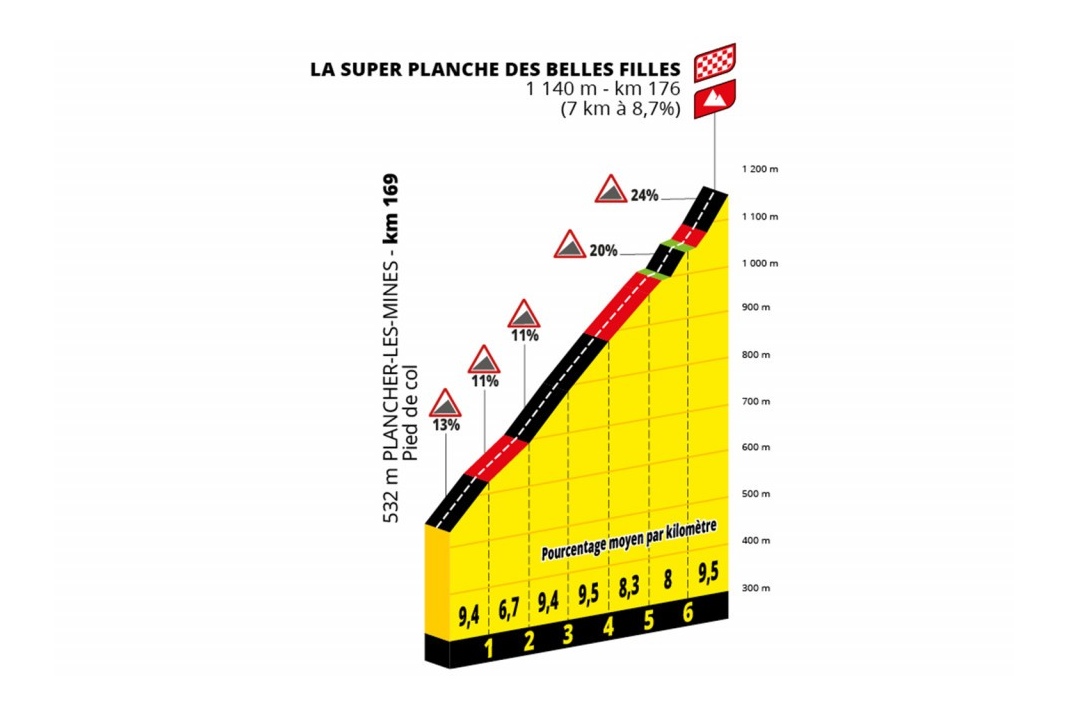
Since the climb's introduction back in 2012 when Chris Froome won and his Sky teammate Bradley Wiggins took the yellow jersey, La Planche des Belles Filles has become a staple of the race.
The climb will feature for the sixth time next year, which is perhaps no surprise given its usual role as an appetiser for the high mountains of the Alps and Pyrenees later in the race.
Memorably, the climb served as the staging ground for the phenomenal time trial turnaround that brought Tadej Pogačar his first yellow jersey two years ago, but the 2022 stage will be more reminiscent of the one Dylan Teuns won in 2019.
The 'Super Planche' saw 900 metres added to an already hard climb, with the final, super-steep stretch to the finish coming on a gravel road. The extension – which reaches a gradient of over 20 per cent in places – turns a 5.9-kilometre, 8.5 per cent climb into a seven-kilometre, 8.7 per cent climb.
Despite the brutalising gradients, the gaps weren't large in 2019, amounting to 19 seconds between the top 10 GC men – in contrast to time gaps of between 40 and 56 seconds in 2012, 2014 and 2017.
Given its position in the route as the first summit finish of the race – often a stage which sees fresher riders look to avoid losing time rather than blowing the race apart with attacks – the safest bet would be for a similar outcome.
However, with much of the stage yet to be revealed, and the likes of Pogačar and Primož Roglič always being ready with explosive accelerations, the first summit finish of the Tour might just set the tone for the rest of the race.
Stage 12: Briançon – L'Alpe d’Huez, 166km
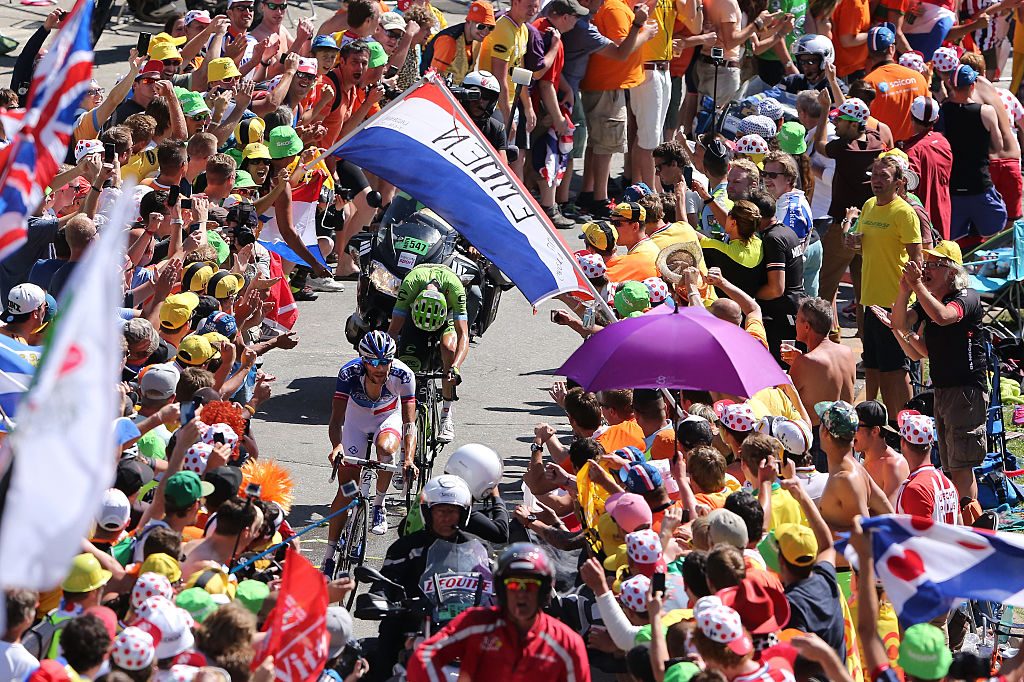
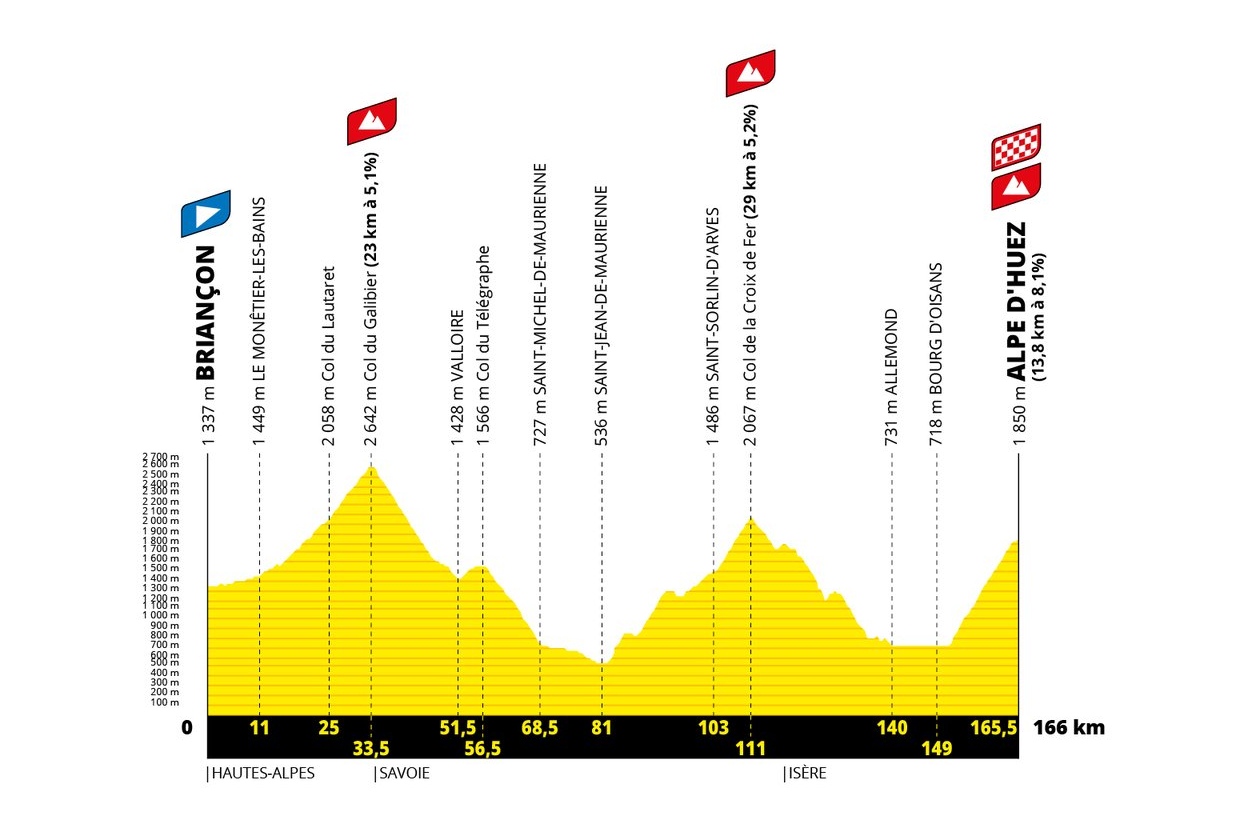
July 14 Bastille Day sees a return for one of the most storied climbs in Tour de France history as L'Alpe d'Huez features on the race for the first time since Geraint Thomas' victory in 2018.
The 21 hairpins make up the most famous climb of the race and will next year feature as the finale of the three Alpine stages in the second week.
Following on from a 149-kilometre day that takes in the Col du Galibier and a summit finish atop the Col du Granon (11.3km at 9.2 per cent), the stage will revisit the Galibier early on before tackling the Croix de Fer to the north and circling around to Bourg d'Oisans ahead of the finale.
With a flat stage to follow the next day, the 13.8-kilometre, 8.1 per cent climb could bring the major GC battle of the Alps as the big names vie to join the likes of Coppi, Hinault, and Pantani as winners at the top.
Three of the four most recent victors – Pierre Rolland, Christophe Riblon, and Thibaut Pinot – have hailed from France, though in the past two decades only three Frenchmen – Richard Virenque, David Moncoutié, and Warren Barguil have won a Tour stage on Bastille Day.
Watch out for the likes of Pinot, Guillaume Martin, David Gaudu, and Romain Bardet to possibly leave their mark on the mountain, though aside from hopes of a home triumph on France's national day, this will undoubtedly be one to watch for the GC action.
Stage 18: Lourdes – Hautacam, 143km
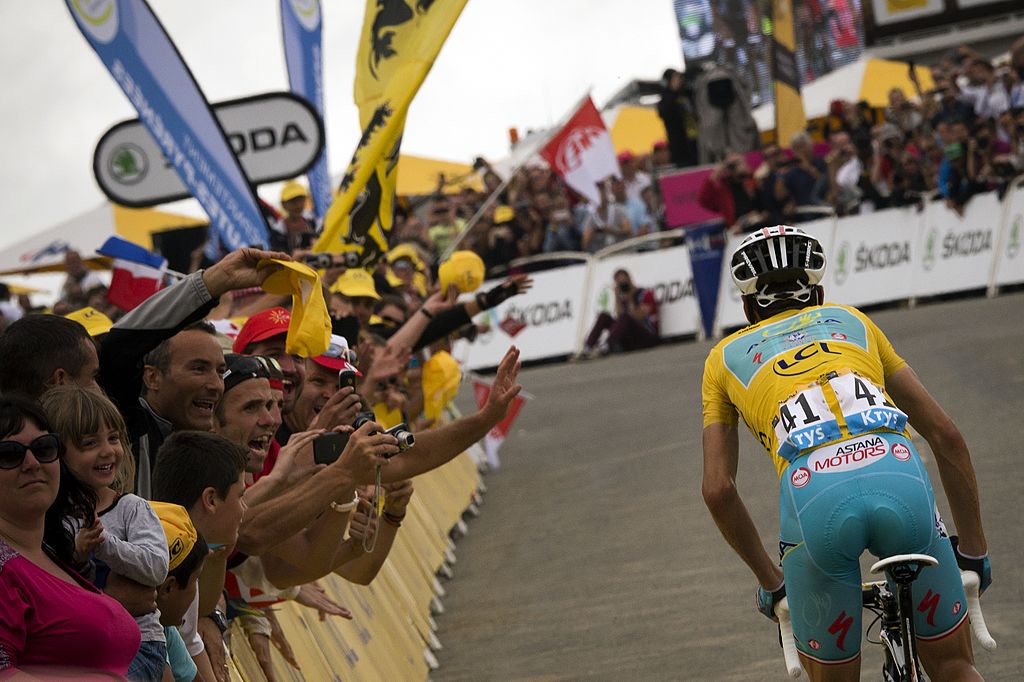
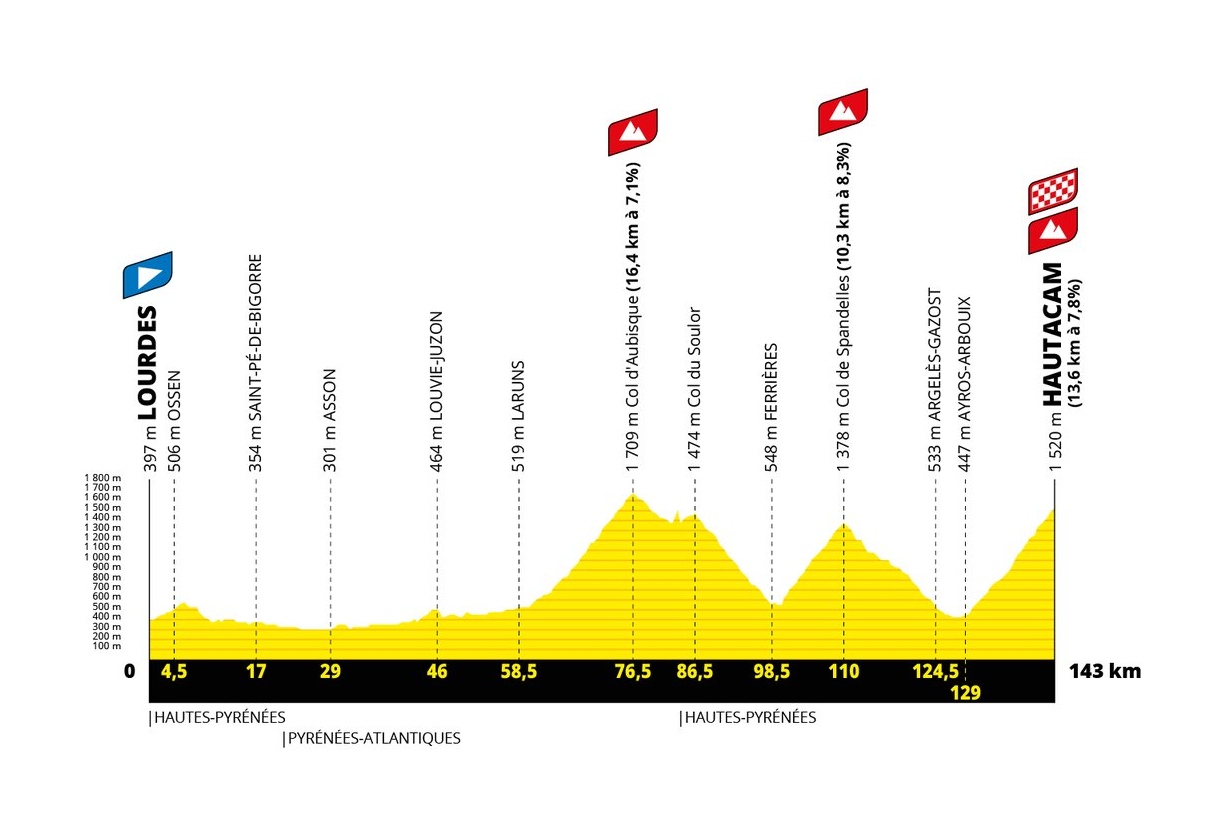
The 2022 Tour features four summit finishes in the Alps and Pyrenees, each of which could have a claim of being the queen stage of the race. The first visit to Hautacam since 2014, the final mountain stage of the race, certainly has a claim.
Both the Col de l'Aubisque (16.4km at 7.1 per cent) and the closing climb (13.6km at 7.8 per cent) are normally set as Hors Catégorie, while the 'newcomer' Col de Spandelles (10.3km at 8.3 per cent) will be a first-category climb at the very least.
It's without doubt a tough day. As with stage 17 to Peyragudes, the penultimate climb lies within 40 kilometres of the finish line, meaning last-ditch long-range GC raids in the Pyrenees are a real possibility if climbers are seeking to add to their advantage or make up lost time ahead of the final time trial.
Hautacam has featured in the middle of the race three times before, with each stage victory going to the breakaway. However, in 1996 and 2014, the battle for the maillot jaune was all but over when the peloton hit the climb in the race's final week – Bjarne Riis and Vincenzo Nibali only demonstrated their dominance there ahead of their inevitable overall victories.
The climb towering above the Lavedan Valley, then, could be the scene of another coronation. The hope, though, will be to keep the battle going all the way through the Pyrenees to the final weekend.
Stage 20: Lacapelle-Marival – Rocamadour, 40km
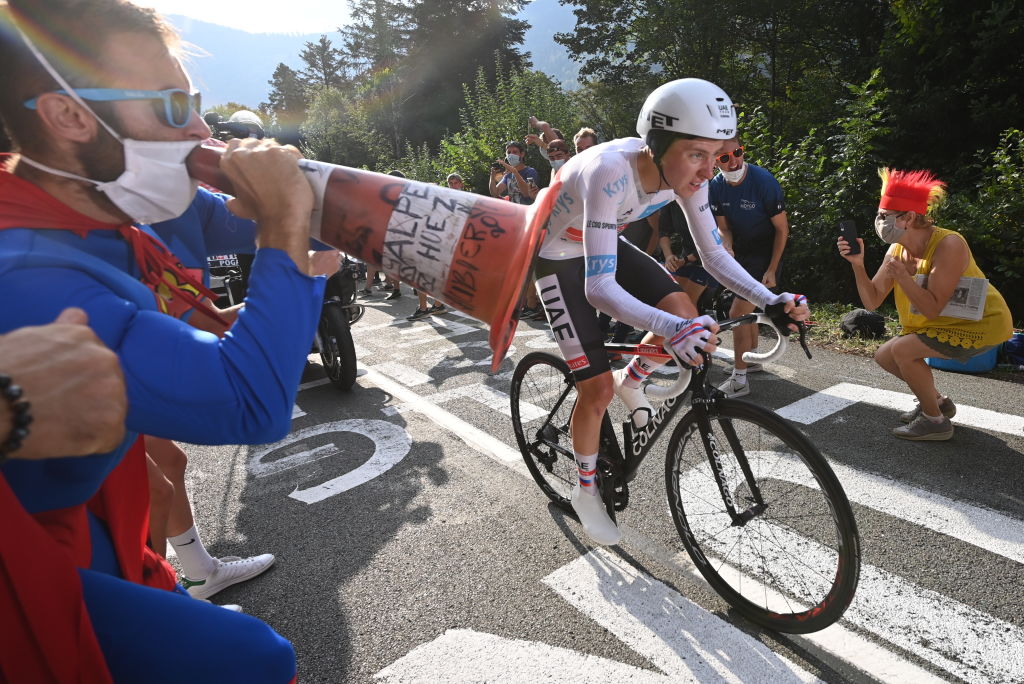
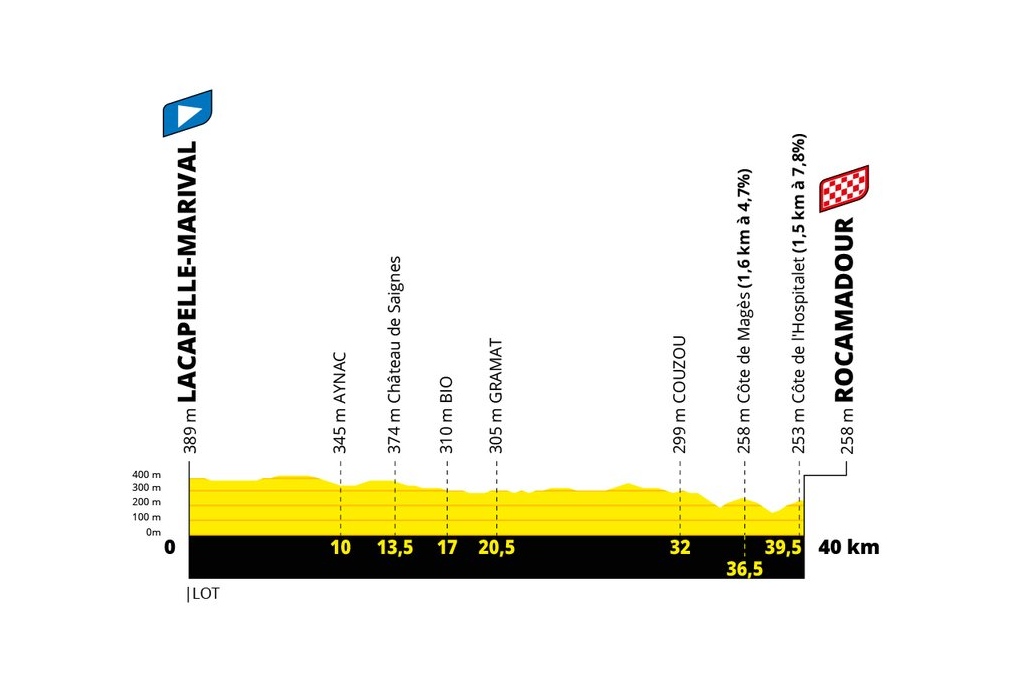
For the third year in a row, the Tour will draw to a close with a time trial on the penultimate day of the race. Organisers ASO will certainly be hoping for more of the unexpected magic that rounded off the 2020 Tour, rather than the 31-kilometre Pogačar coronation seen in Saint-Emilion this July.
The 40-kilometre test in northern Occitanie is longer than either of the time trials of the past two years but in terms of parcours lies somewhere in between the race to La Planche des Belles Filles two years ago and the flat ride to Saint-Emilion last year.
The rolling roads of the Causses du Quercy national park will greet the riders on stage 20 with two 1.5-kilometre climbs coming inside the final five kilometres, including one up out of the Alzou valley to the finish in the pilgrim destination of Rocamadour.
If the GC race is close at the top after 19 days of racing, then this could be another explosive ending to the Tour de France, rather than the stage which saw none of the top 19 places change hands back in July.
Whether the final time trial of the Tour is a key stage – and an entertaining one – depends on what has gone before, then. For that reason, stage 20 is the only key stage of the 2022 Tour which could end up proving an inconsequential one.
Dani Ostanek is Senior News Writer at Cyclingnews, having joined in 2017 as a freelance contributor and later being hired full-time. Before joining the team, she had written for numerous major publications in the cycling world, including CyclingWeekly and Rouleur. She writes and edits at Cyclingnews as well as running newsletter, social media, and how to watch campaigns.
Dani has reported from the world's top races, including the Tour de France, Road World Championships, and the spring Classics. She has interviewed many of the sport's biggest stars, including Mathieu van der Poel, Demi Vollering, and Remco Evenepoel, and her favourite races are the Giro d'Italia, Strade Bianche and Paris-Roubaix.
Season highlights from 2024 include reporting from Paris-Roubaix – 'Unless I'm in an ambulance, I'm finishing this race' – Cyrus Monk, the last man home at Paris-Roubaix – and the Tour de France – 'Disbelief', gratitude, and family – Mark Cavendish celebrates a record-breaking Tour de France sprint win.